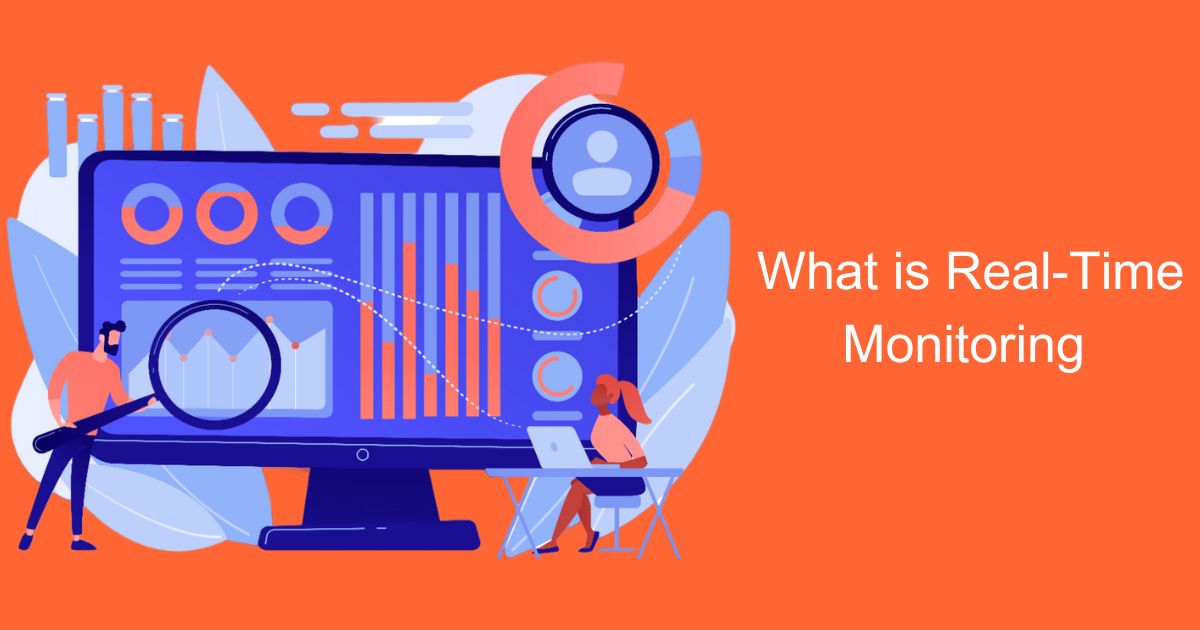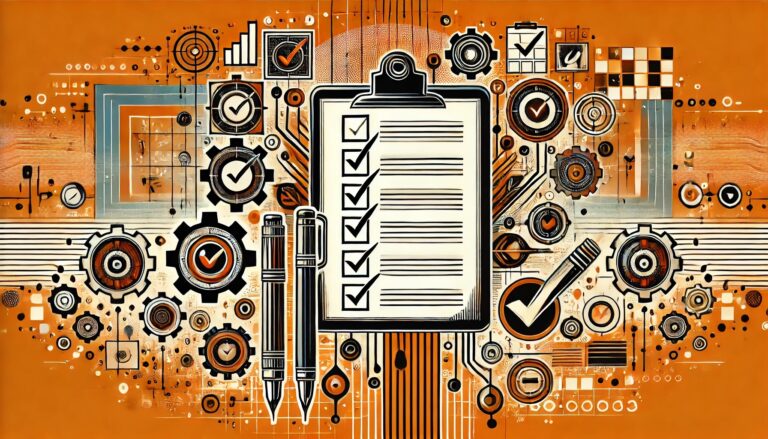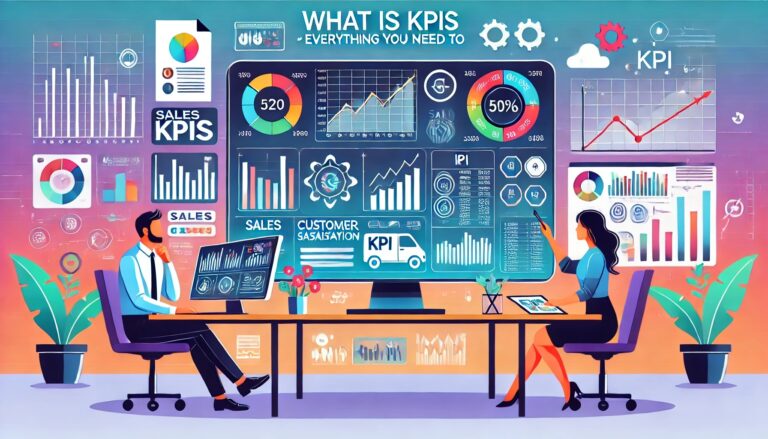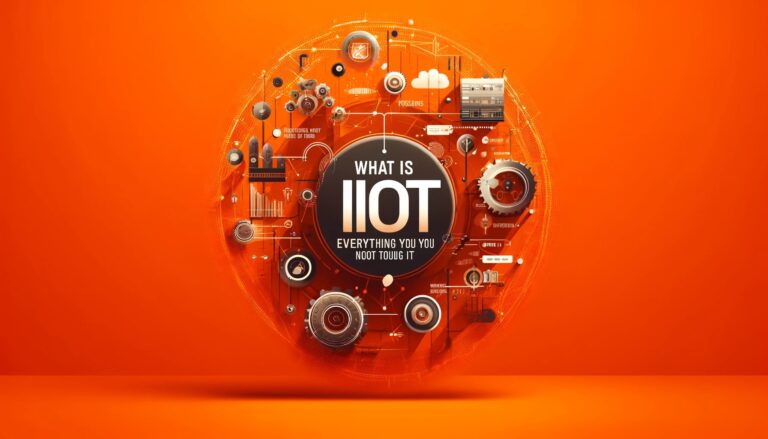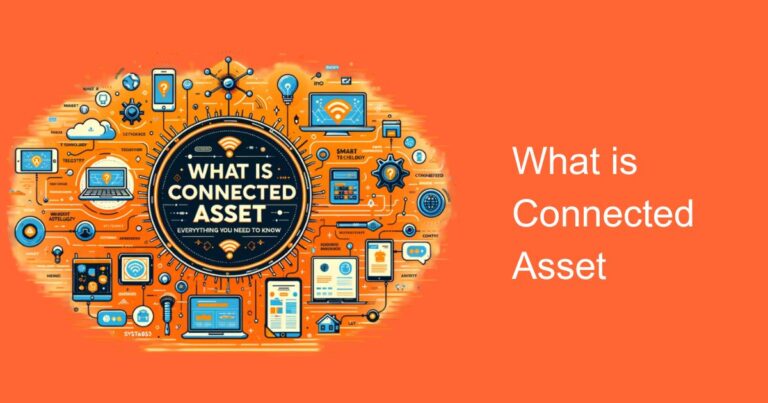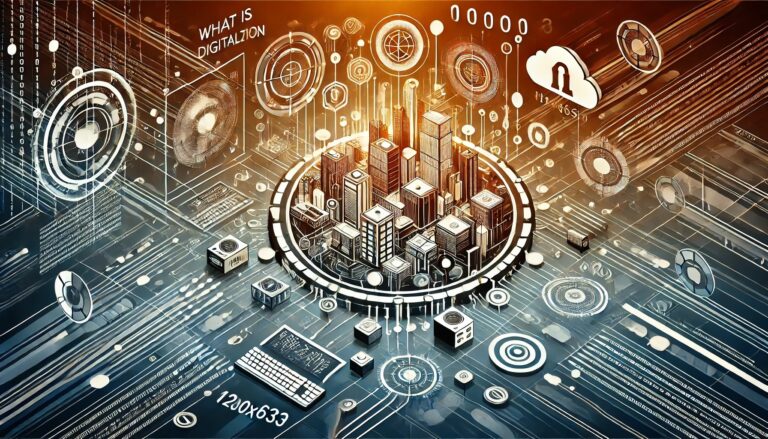Introduction
In today’s fast-paced world, businesses across India are increasingly turning to real-time monitoring as a critical tool to enhance operational efficiency, ensure regulatory compliance, and optimize decision-making processes. Real-time monitoring refers to the continuous collection, processing, and analysis of data from various sources to provide instantaneous insights into performance, operations, and other key metrics. This proactive approach allows organizations to respond swiftly to emerging issues, capitalize on opportunities, and maintain a competitive edge in their respective industries.
Understanding Real-Time Monitoring
Real-time monitoring involves the use of advanced technologies such as sensors, IoT devices, and data analytics platforms to gather and process data in near real-time. This data is often streamed or collected at frequent intervals, allowing for immediate analysis and action. In industries ranging from manufacturing and healthcare to finance and logistics, real-time monitoring plays a pivotal role in driving efficiency and productivity.
Key Components of Real-Time Monitoring
Data Acquisition:
Real-time monitoring begins with the collection of data from various sources such as sensors, machines, applications, and databases. In industries like manufacturing, data can include machine performance metrics, production rates, and quality parameters.
Data Processing and Analysis:
Once collected, the data is processed and analyzed using sophisticated algorithms and data analytics tools. This step involves identifying patterns, anomalies, and trends that can provide valuable insights into operations and performance.
Visualization and Reporting:
The insights derived from real-time data analysis are often visualized through dashboards and reports. These visual representations enable stakeholders to quickly grasp key metrics and make informed decisions in a timely manner.
Alerts and Notifications:
Real-time monitoring systems are equipped with alert mechanisms that notify stakeholders about critical events or deviations from predefined norms. These alerts enable proactive intervention to prevent potential issues before they escalate.
Applications of Real-Time Monitoring in India
Manufacturing and Industry 4.0
In India’s manufacturing sector, real-time monitoring is revolutionizing operations by enabling predictive maintenance, optimizing supply chain logistics, and ensuring quality control. For instance, automotive plants in Chennai leverage real-time data from assembly lines to minimize downtime and enhance production efficiency.
Healthcare
Indian healthcare providers are increasingly adopting real-time monitoring solutions to improve patient care and operational efficiency. Remote patient monitoring systems, powered by IoT devices and health sensors, enable doctors to monitor vital signs and intervene promptly in emergencies.
Transportation and Logistics
Logistics companies in India rely on real-time monitoring to track fleet movements, optimize routes, and manage delivery schedules. Real-time data on vehicle locations, fuel consumption, and driver behavior helps in reducing operational costs and improving service reliability.
Smart Cities
Cities like Bengaluru and Delhi are embracing real-time monitoring to manage traffic flow, monitor air quality, and enhance public safety. Integrated systems gather data from CCTV cameras, weather stations, and traffic sensors to provide actionable insights for urban planning and governance.
Benefits of Real-Time Monitoring
Operational Efficiency:
By providing up-to-the-minute insights, real-time monitoring reduces response times and improves operational efficiency across all levels of an organization.
Cost Savings:
Proactive maintenance and optimized resource allocation based on real-time data can lead to significant cost savings in terms of reduced downtime and improved asset utilization.
Improved Decision Making:
Real-time insights empower decision-makers with accurate data, enabling them to make informed decisions swiftly and effectively.
Enhanced Customer Experience:
Industries like e-commerce and banking use real-time monitoring to personalize customer interactions, detect fraud in real-time, and improve overall service delivery.
Challenges and Considerations
While the benefits of real-time monitoring are compelling, organizations must address several challenges, including data security concerns, integration complexities, and the need for skilled personnel to manage and interpret real-time data effectively.
Future Trends
Looking ahead, advancements in artificial intelligence and machine learning are set to further enhance the capabilities of real-time monitoring systems. Predictive analytics, combined with real-time data, will enable organizations to anticipate future trends and preemptively address potential issues.
Conclusion
Real-time monitoring is not just a technological innovation but a strategic imperative for businesses across India aiming to stay competitive in a rapidly evolving landscape. By harnessing the power of real-time data, organizations can drive operational excellence, improve decision-making agility, and deliver superior customer experiences. As industries continue to digitize and adopt IoT-driven solutions, the role of real-time monitoring will only grow in significance, shaping the future of business operations in India and beyond. In essence, real-time monitoring is more than just a tool; it’s a transformative force that empowers organizations to thrive in the era of digital disruption.


